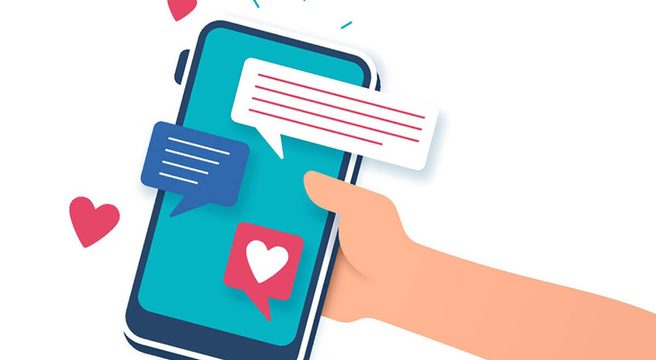 Outside of pure retail and excluding impulse or emergency need purchases, most businesses have to work hard to create a sales pipeline. In a typical face to face sales model, a sales person will have to contact maybe 100 people by phone to get 5 appointments to make one sale. This is the “1% Conversion rule”. 1% of prospects who have listened to you and understood your offering will buy. But can the use of Social Media change this percentage? Is there an exception to the 1% rule
Outside of pure retail and excluding impulse or emergency need purchases, most businesses have to work hard to create a sales pipeline. In a typical face to face sales model, a sales person will have to contact maybe 100 people by phone to get 5 appointments to make one sale. This is the “1% Conversion rule”. 1% of prospects who have listened to you and understood your offering will buy. But can the use of Social Media change this percentage? Is there an exception to the 1% rule
On the web, where there is less push from a real sales person, the same 1% Conversion Rule applies. A typical corporate website will have to attract 1,000 people browsing, of whom 100 might then click through to the shopping or e-commerce part of the website and 1% will buy. Even if one utilises e-mail, the same 1% rule applies. Mail 10,000 prospects and 1,000 will open the mail and 100 will buy (if you have a product that prospects actually want to buy!). It is a depressing fact of sales life in the over communicated environment in which we have to make sales.
But Social Media is a proven method of breaking the 1% Conversion Rule. More specifically only good and consistent use of Social Media techniques will enable you to break the rule.
Cold calling prospects and emailing cold lists is essentially an interruption based method of generating sales, sometimes called Outbound Marketing. But it could be easily argued, that traditional display, poster and even radio and TV advertising is also a subset of Interruption Marketing. The advertiser is trying to interrupt a passer by with a hope of converting them to a prospect. The funny thing is that even poster and TV advertising follows the 1% Conversion rule. It is just that the starting numbers are often much bigger!
What Social Media for Business use is trying to do is to encourage prospects to identify themselves in advance of you trying to convert them. In other words, Social Media is about encouraging shy prospects to put up their hands and say, “Yes- I am interested”! Most Social Media begins with the posting of an interesting or funny (sometimes controversial) position or statement. With luck you will attract a few Followers. By engaging with these Followers (we will call them prospects now) over time, in what is a very soft sales technique, you are creating conditions whereby more and more prospects will hopefully gather around a unifying topic (that you chose to start) and self identify. Whether they chose to continue to engage with you and your brand depends on how engaging your content is. This is sometimes called Inbound Marketing. In fishing terms, you are throwing ground bait! Once enough fish have gathered you can entice them with the real bait and hook them into a sale!
Looking at the 1% Conversion rule, where Social Media has helped, is in assembling a targeted group of prospects. If you were able to mail 1000 of them, perhaps 300 rather than 100 would open your mail. Then if your offer is just the same, you would expect 3 people to buy. Suddenly the 1% Conversion rule becomes the 3% Conversion Rule. But it gets better than this, because, if you have been doing your homework, during the all important engagement process, perhaps you may have listened to your prospects and subtly changed your offer. Now when you mail 1,000 people, 300 people see it, but 2% buy and the Conversion Rule becomes 6%. And if those 6% who buy, endorse your product or service on Social Media, well that could double sales again, so now you have a 12% Conversion Rule!
Of course there are other ways to break the 1% Conversion Rule. You could make your offer even better by lowering your price or increasing the amount delivered for the same price. Essentially, a race to the bottom, but what centuries of commerce have shown is that people like to buy from people they know and trust. Social Media is just a way of quickly building trust with a wide audience that would have been impossible only a few years ago. And best of all, it is free!





